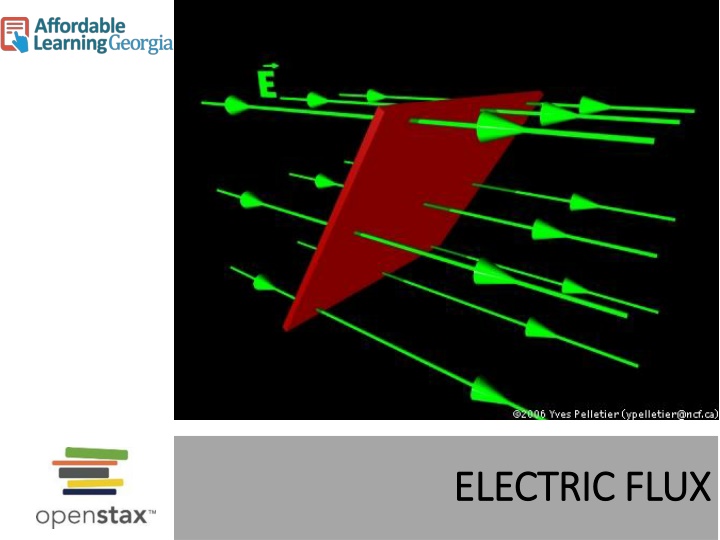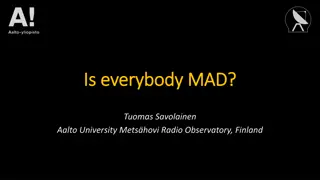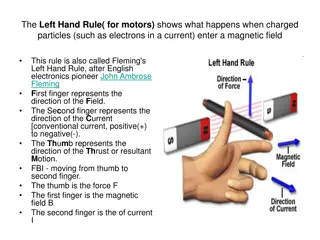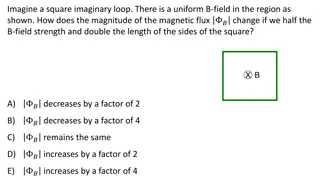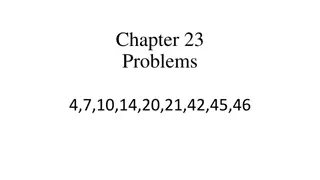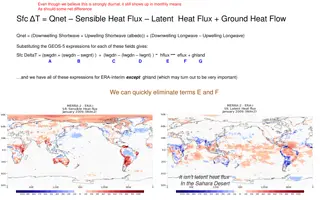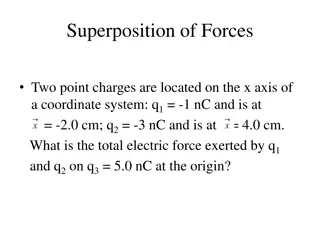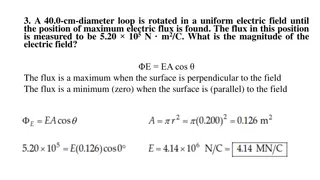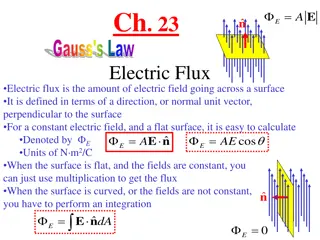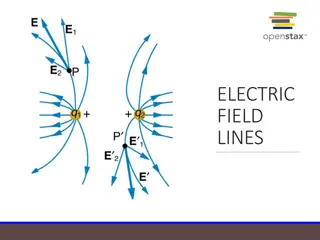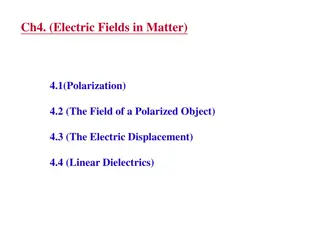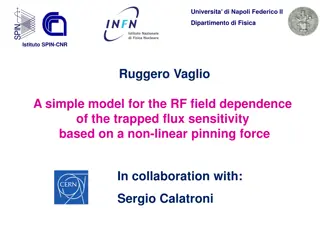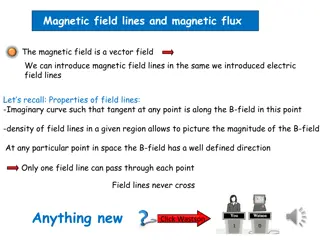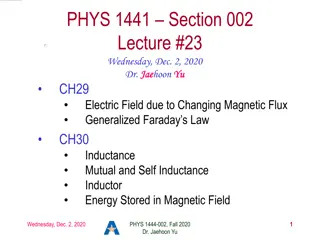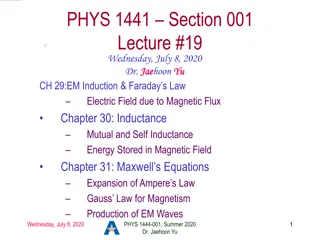Electric Flux in Fields
Electric flux is crucial in understanding interactions between electric fields and surfaces. Explore definitions, calculations, and applications of electric flux in various scenarios to enhance your knowledge of electrostatics.
Download Presentation

Please find below an Image/Link to download the presentation.
The content on the website is provided AS IS for your information and personal use only. It may not be sold, licensed, or shared on other websites without obtaining consent from the author.If you encounter any issues during the download, it is possible that the publisher has removed the file from their server.
You are allowed to download the files provided on this website for personal or commercial use, subject to the condition that they are used lawfully. All files are the property of their respective owners.
The content on the website is provided AS IS for your information and personal use only. It may not be sold, licensed, or shared on other websites without obtaining consent from the author.
E N D
Presentation Transcript
ELECTRIC FLUX ELECTRIC FLUX
Definition of the electric flux, uniform field Let s consider the case of a flat area S perpendicular to a uniform electric field ? We define electric flux ?as: ?= ?? Note: increasing the area means that more electric field lines pass through the area, increasing the flux. A stronger field means more closely spaced lines, and therefore more flux.
Definition of the electric flux, continued If the area is not perpendicular to the field, then fewer field lines pass through it. In this case the area that counts is the silhouette area that we see when looking in the direction of the field. We define the electric flux as: ?= ?????? or ?= ? ? Where ? is a vector normal to the area and is equal to the total area A in magnitude. ? = ? ?
Electric flux, details Electric flux is a scalar. The SI unit for electric flux is Electric flux is proportional to the total number of electric field lines passing the area. Quite often we will be concerned with the electric flux through a closed area. For a closed surface, the choice of the direction of normal ? is always outward. For a closed area, the electric flux is proportional to the number of lines leaving the area minus the number of lines entering the area. 2 m C 1 N .
General definition of the electric flux In general, the flux through a surface must be computed using a surface integral over the area: ?= ??????? = ? ?? = ? ? ? A surface is divided into patches to find the flux.
Electric flux through a disc A disc with radius 0.10 m is oriented with its normal unit vector ? at an angle of 30o to a uniform electric field ? with the magnitude of 2.0 x 103 N/C. What is the electric flux through the disc?
Electric flux through the cube A cube of side L is placed in a region of uniform electric field ? pointing in the positive y direction. Find the total electric flux through the cube.
Electric flux through a sphere A positive point charge q = 3.0 C is surrounded by a sphere with radius 0.20 m centered on the charge. Find the electric flux through the sphere due to this charge.
